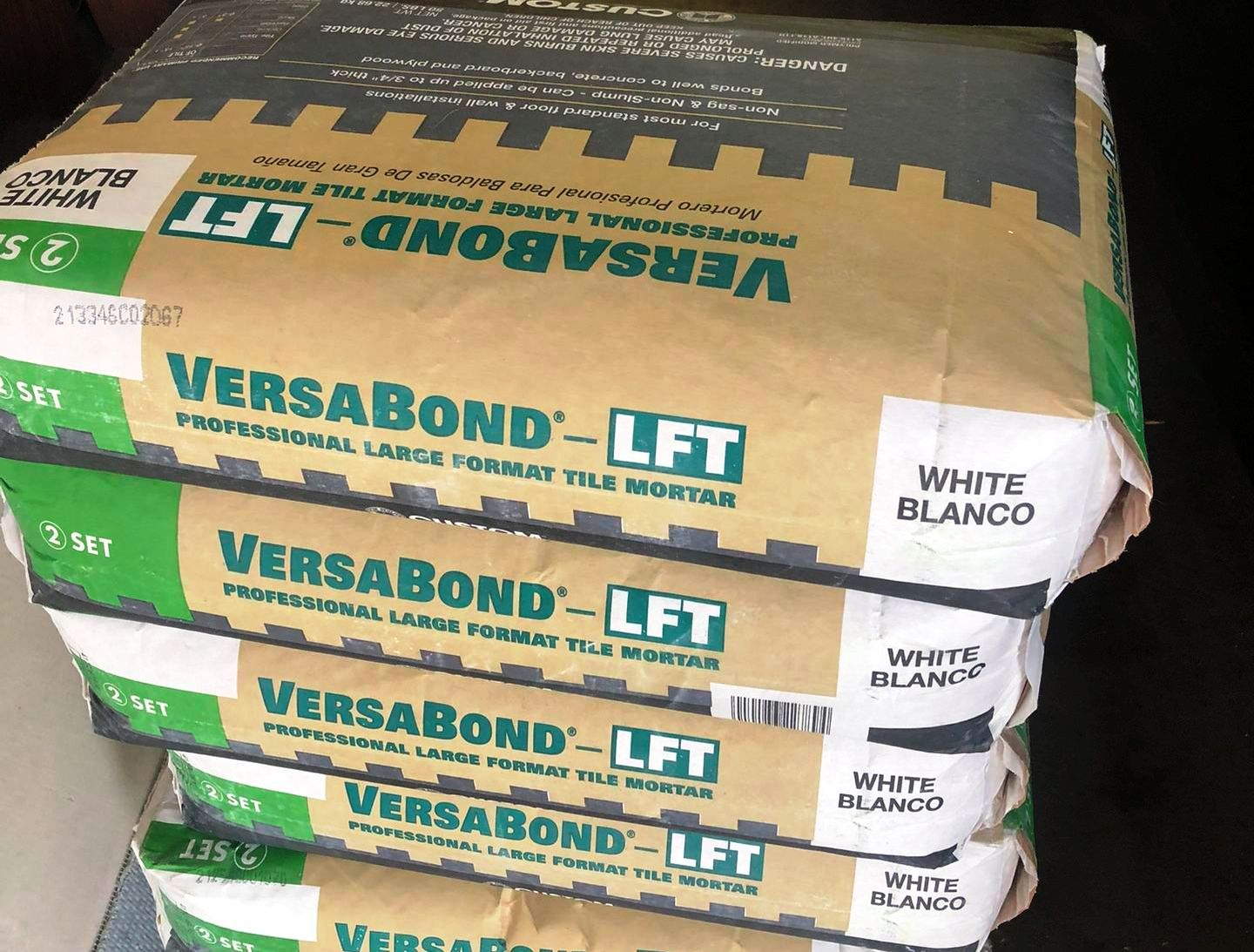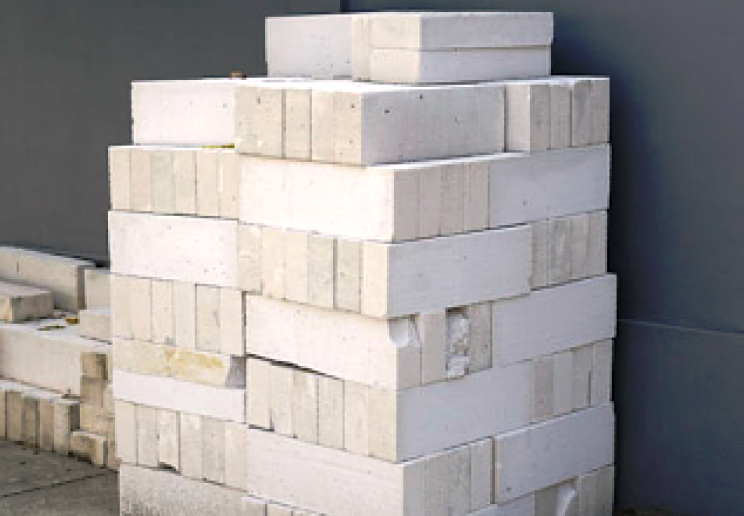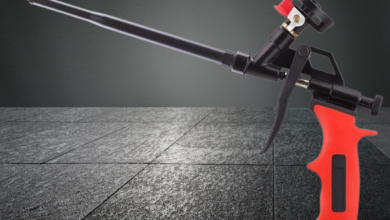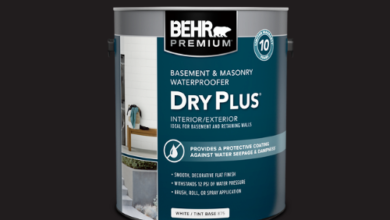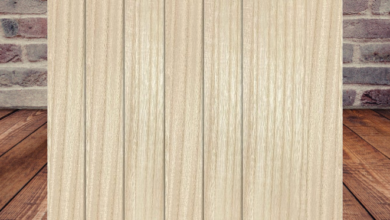High-Performance Glass Products for Sustainable Buildings
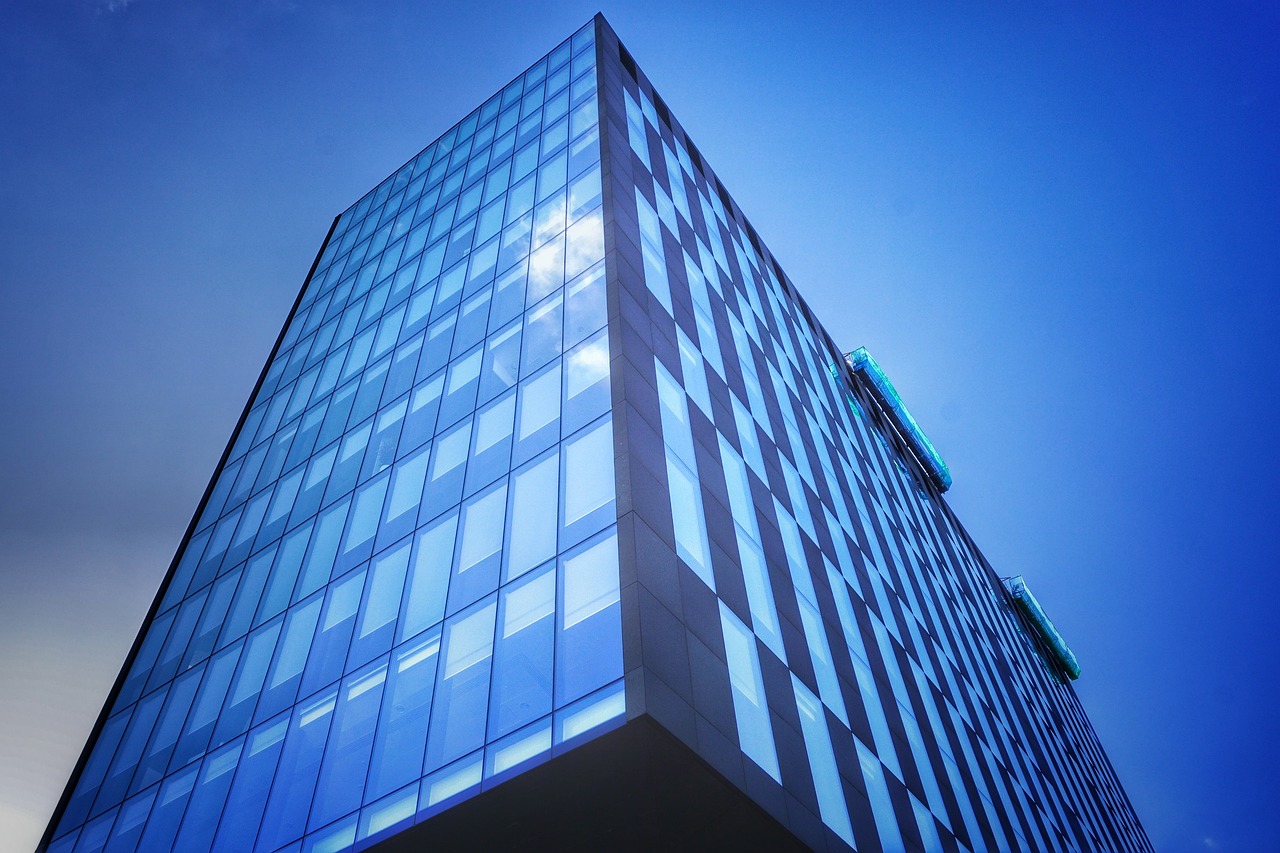
Natural light can pass through high-performance glass, which also helps to reduce heat gain and thermal energy transfer.
Owing to its ever-improving solar control and thermal insulation capabilities, glass is a versatile building material that can contribute to the energy efficiency of structures. High-performance coated glass, a crucial component of the glazing, is one way this performance can be attained. It allows building occupants to interact visually with the outside world from a comfortable interior.
Why do we use high-performance glass, and what does that mean?
Architectural glazing with high-performance glass can regulate internal building temperatures by offering different degrees of solar control and/or thermal insulation. Plenty of natural light can be brought into interior spaces through high-performance glazing, which will increase occupant comfort and increase the building’s energy efficiency.
High-performance glass coatings also give architects a broad palette of color choices, so they can choose the style that best fits their project.
What advantages can high-performance glass offer?
Architectural glazing can benefit from a variety of high-performance coating applications.
Aesthetically, the glazing can be colored or left neutral, with the desired amount of privacy, light transmission, and reflection. Architects are free to design visually striking glazed facades that, by reflecting the surroundings or revealing internal operations, aid in the building’s integration with its surroundings.Thermal insulation intensity and solar energy routing both have an impact on energy performance. High-performance coatings can assist in fulfilling energy code requirements as well as green building initiatives like the LEED® program of the US Green Building Council.
Insulation against heat
Regarding its ability to insulate against heat, high-performance glass provides the following advantages:
- Enables the glass to let light through when desired.
- Aids in returning interior heat to the space.
- Able to act as a barrier against the chilly weather.
- Usually utilized in triple or double glazing.
- Can aid in lowering the energy expenses related to heating systems inside.
Sun control High-efficiency windows allow light to enter.
Solar control glass, which is frequently specified for windows, roofs, and glazed facades, helps to maximize thermal performance, light transmission, and solar control. While allowing sunlight to enter, the glass also reflects a significant amount of solar heat.
High-performance glass with solar control is perfect for optimizing natural light and reflecting as much solar heat as possible back towards the source. When compared to uncoated glass, the interior area stays lighter and colder. Because solar control glass helps lower air conditioning loads during warmer months, energy efficiency can also be increased.
Selectivity in spectra
In order to promote occupant comfort, interior lighting as well as coatings and where they are placed in the glazing are essential. Spectral selectivity is the term used to describe the ratio of solar energy blockage to daylight transmission. The visible light transmission (VLT) is divided by the solar factor, also known as the solar heat gain coefficient, or SHGC, to determine the spectral selectivity. Reduced total solar energy transmission and increased visible light transmission result in greater spectral selectivity.
Aiding in the reduction of glare and harmful UV radiation
High-performance glazing can reduce solar glare and improve building occupants’ visual comfort, depending on the building’s orientation and location. This is especially useful if a glazed façade has a high window-to-wall ratio and is directly exposed to the sun.
Approximately 50% of interior furnishings and fittings fade due to ultraviolet (UV) light. Up to 99% of UV light can be blocked by using laminated glass.
How does glass with high performance function?
A thorough understanding of high-performance glass requires an examination of glass’s interactions with the electromagnetic spectrum.
The sun provides shortwave radiation, also known as solar energy, to the earth’s surface. It covers the visible, ultraviolet, and near-infrared spectrum, which collectively spans 300–2,500 nm. By reflecting and absorbing some of this energy, solar control coated glass can effectively block a large portion of it.
The wavelength range of longwave radiation is 5,000–50,000 nm. Glass with high-performance coatings is intended to reduce radiant heat transfer. When the weather gets colder, longwave radiation (heat) is reflected back into the structure by high-performance coatings.
The ability of high-performance glass to withstand heat
There are three ways that heat is transferred: radiation, conduction, and convection. An insulating glass unit houses all three forms of heat transfer (IGU).
- Radiation is the process through which longwave energy passes through the glazing assembly to transfer heat using electromagnetic energy.
- The heat transfer brought on by temperature differences within a medium (solid or gas) is known as conduction. Since argon has a lower thermal conductivity than air, using it inside the IGU reduces this transfer. Convective heat travels along the edge of the IGU from glass to spacer and back again. A warm edge spacer can be used to slow down this transfer.
- Within the IGU, convection is the transfer of heat via currents of slowly moving gas or air.
The reduction of heat transfer brought on by variations in the temperature of the interior and exterior air is referred to as insulating performance.
Chilly regions
Having insulating performance is advantageous in cold climates. Glass with thermal insulation can reflect longwave radiation while allowing incoming shortwave energy to enter and enhance the building’s ability to retain heat.
In warm climates, the glazing can help reduce the need for air conditioning by reducing incidental longwave energy as well as incoming shortwave energy.
Reduced heat transfer from the glazing improves energy performance regardless of the climate.
By using a high-performance coating that is effective at reflecting longwave energy, glazing’s insulating properties can be enhanced. By including an additional pane of glass in the IGU, more cavities and coated surfaces will be able to contribute to improved insulating performance.
How is the effectiveness of insulation measured?
The “U-value,” which represents energy transfer per unit time—that is, the amount of time needed for energy transfer per glazing area and per degree of temperature differential between the interior and exterior—is used to quantify the insulating performance.
The U-value will be low if a glazing assembly exhibits strong thermal insulation because very little energy will be lost.
Glass and solar energy’s relationship
A portion of an electromagnetic radiation beam hitting a glass pane may be reflected, some may be absorbed, and the remainder will be transmitted.
How does one quantify solar heat gain?
The solar energy that enters a building is measured using the solar heat gain coefficient (SHGC) and solar factor (g-value). Due to absorption and inward reradiation, both direct and indirect transmission are included in this. The decimal portion of solar energy transmitted through a glazing composition is known as the Solar Factor, or SHGC. For instance, the g-value or SHGC is 0.31 (31%), if 31% of the incoming solar energy passes through the glazing.
Warm weather
A low g-value or SHGC is ideal for a building project situated in a warm or moderate climate. Because it reflects some of the incoming solar energy before it can enter the glazing, the number two surface placement of a solar control high-performance coating frequently allows for the best performance.
A higher SHGC or g-value may be advantageous in extremely cold climates to permit passive heat gain.
Types of high-performance coatings and production methods
Two types of high-performance coatings are available: hard coatings, which are applied by pyrolytic deposition, and soft coatings, which are applied by sputter deposition. Sputter deposition is the only method used in Guardian Glass production facilities.
Splatter coatings
Offline from the float glass manufacturing process, sputter coatings are applied in a sizable magnetron sputter vacuum deposition machine. A conveyor system moves the fully formed glass through a lengthy vacuum chamber where a variety of materials are gradually accumulated on the glass surface. When combined, these materials have a thickness of about 1/500th that of a sheet of paper.
Applied more precisely than pyrolytic coatings are sputter coatings. Presently available high-performance sputter coatings are multilayered, intricately designed to minimize heat transfer, offer low visible light reflection, and maximize visible light transmission.
Coatings pyrolytic
Online pyrolytic coating applications take place during the manufacturing of float glass. The glass ribbon is sprayed with a substance, usually tin oxide, on its upper surface. The surface bond strengthens and becomes more durable as the glass cools, making it ideal for glass processing during fabrication. However, because of their basic structure, their properties are extremely restricted.
The impact of silver
Up to 15 layers could be required to get the required performance, depending on the coating’s performance requirements.
Of the materials that comprise a sputter low-E coating, silver is the most influential in enhancing energy performance. The spectral selectivity of the glass improves with the number of silver layers added to the coating’s composition.
Uses and applications for glass with high performance
Architectural high-performance glazing has a broad range of uses. High-performance glazing can be taken into consideration for any application where glazing serves as a physical barrier between the inside and outside of a building, such as windows, curtain walls, roofs, and skylights.
Walls of curtains
A building’s exterior non-structural wall, known as a curtain wall, can be composed of glass. When low-E coated glass is used in a curtain wall, it gives designers more control over the glazing’s performance—such as solar protection and thermal insulation—as well as its appearance (such as reflectivity, transparency, and color).
Skylights and roofs
Roof glazing and other types of overhead glazing can help lessen the need for artificial lighting by letting natural light into a building’s interior spaces, making them feel more airy and bright. The glazing’s Low-E coatings can aid with solar control and thermal insulation requirements. It is possible to laminate Low-E glass for use in applications requiring overhead safety glass.
Curved windows
Low-E coatings have been developed for curved or bent glazing that can withstand the bending process without compromising the glass’s aesthetic appearance. For curved glass applications, Low-E coatings are available that still offer the necessary thermal and solar performance to improve the building’s energy efficiency.

